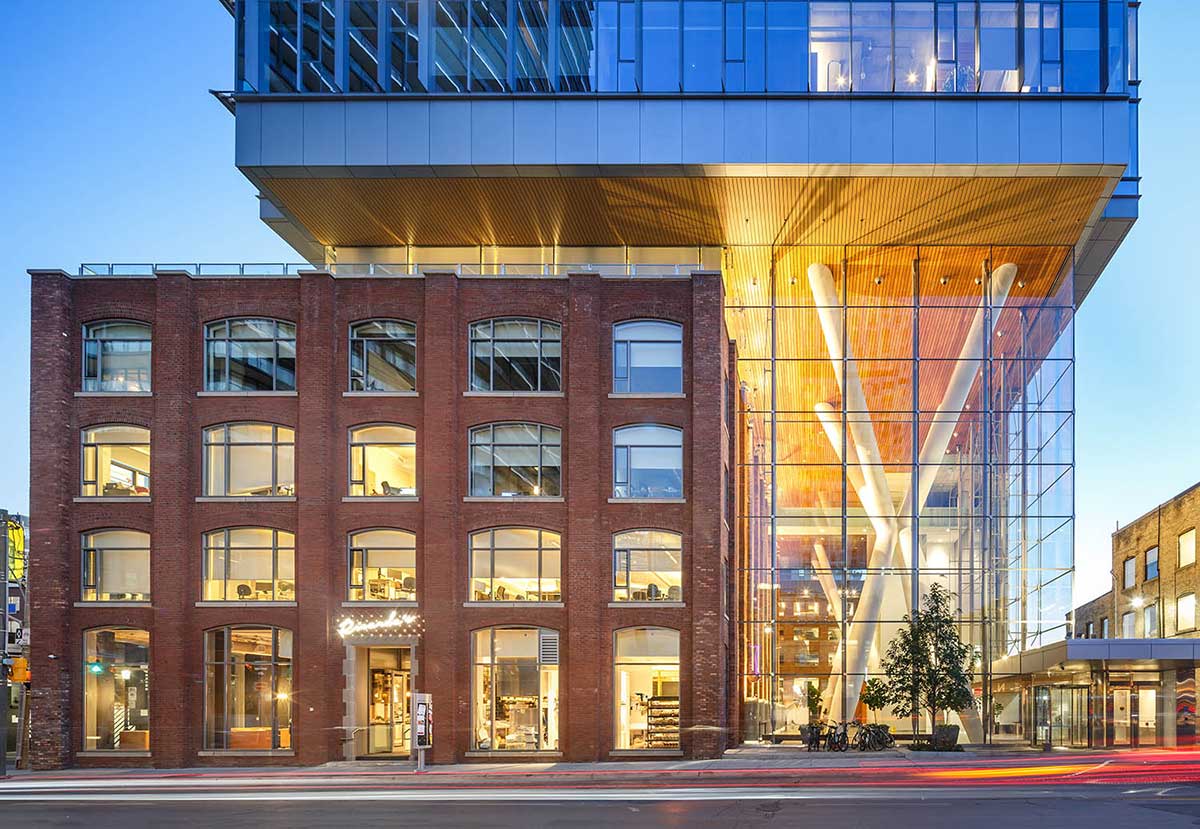Building pillars have traditionally been designed in architecture and construction as straight, vertical structural elements. After all, their main function is to transmit weight to the ground and therefore counteract the force of gravity. However, thanks to the development of innovative construction techniques, such as prefabrication and advances in computer programming, we now have a more open field for variation and creativity in structural design.
An example of the options that such technical improvements make available to us, are the inclined columns on the façades of many tall buildings. In addition to their purely aesthetic appearance, the inclination of the columns improves the transmission of horizontal loads, such as those generated by wind or earthquakes. Even self-weight loads are distributed more efficiently with inclined column façades.

This increased efficiency in load transmission will reduce the amount of materials required in many façades. At the same time, it will avoid problems in other façades where, if we do not give them continuity to the foundation, the loads will be unbalanced.
The aesthetic and functional assessment of a building or construction is a recurrent exercise. However, the answer will almost always be this: it depends. We should not forget that an exceptional structural design combines both qualities, in other words, it offers both beauty and functional efficiency.
By Jorge Laguna, head of the structural section of Amusement Logic’s architecture department
RELATED STORIES
Newsletter



